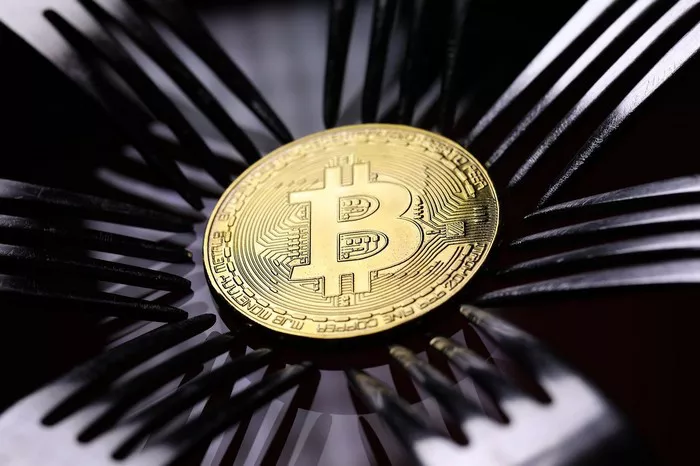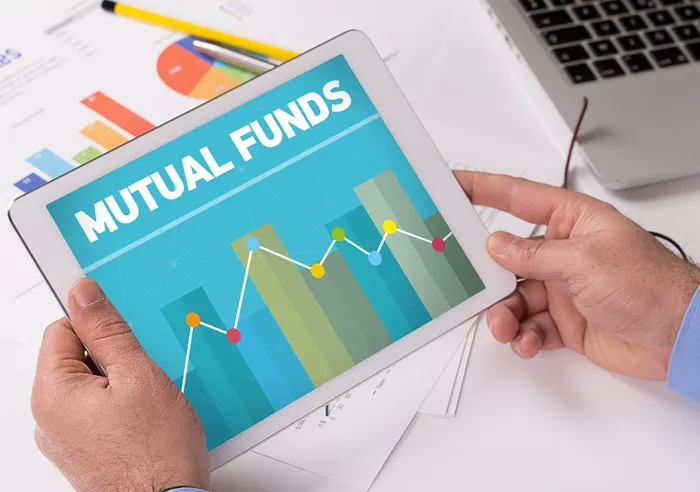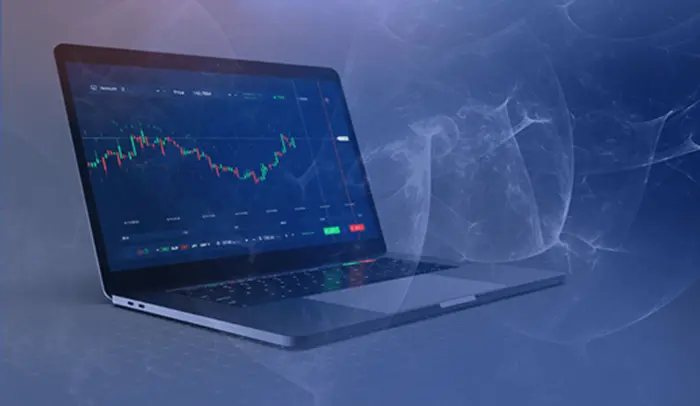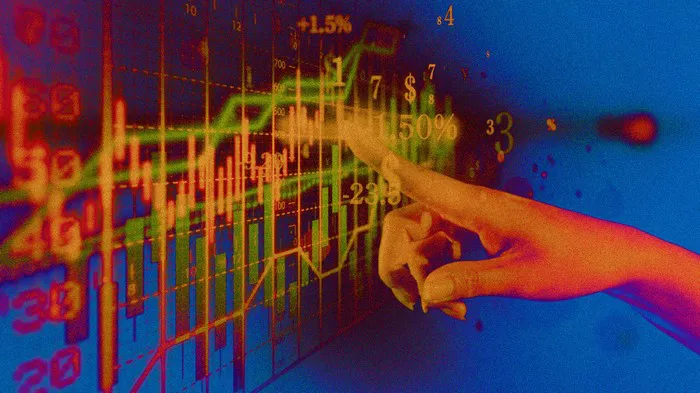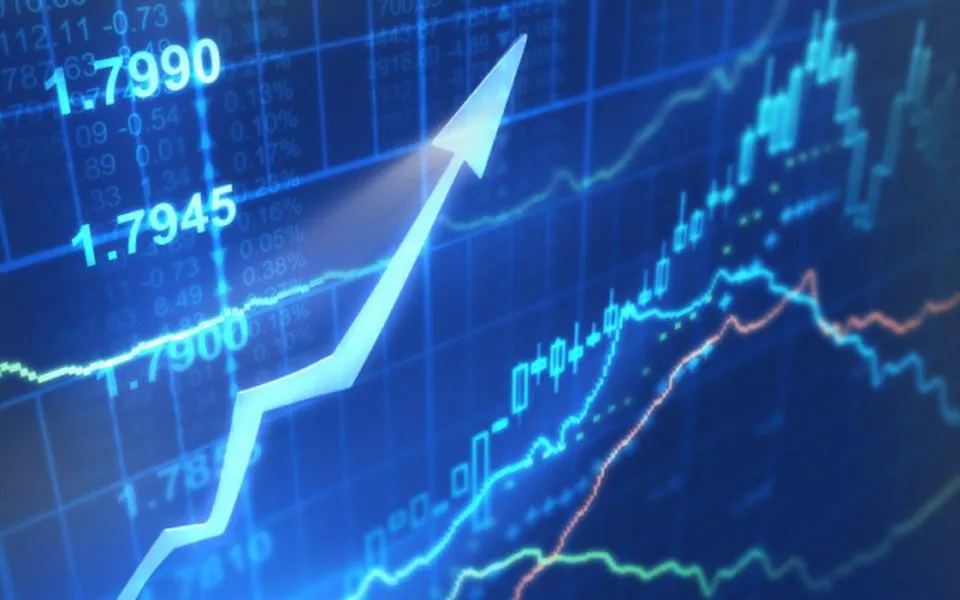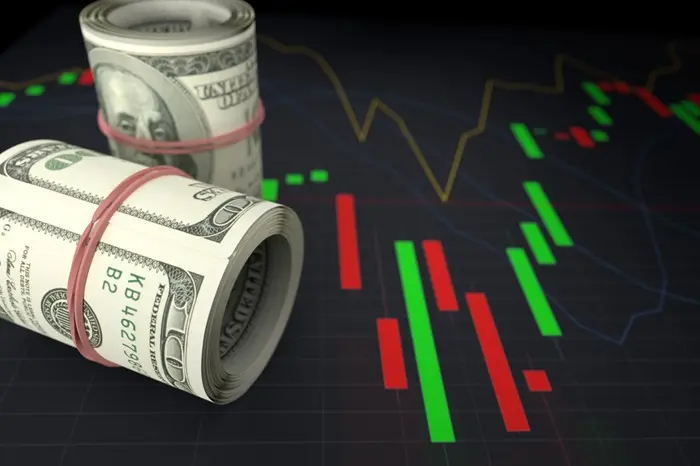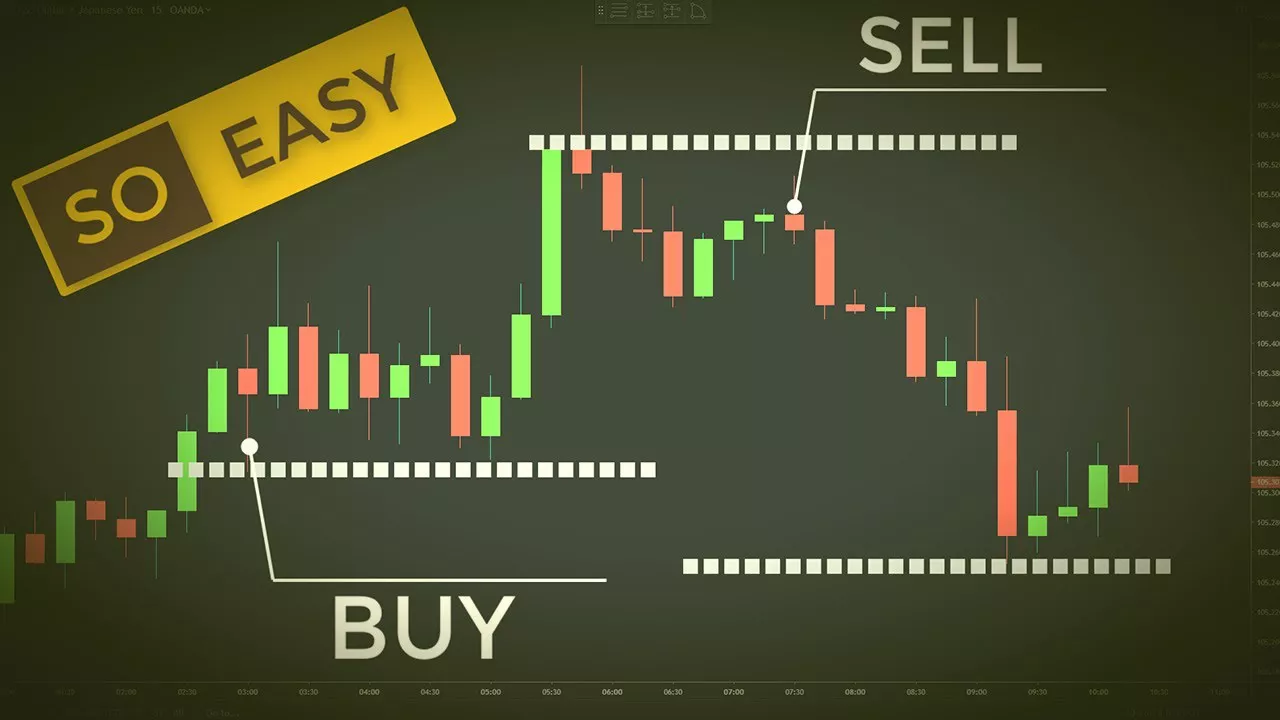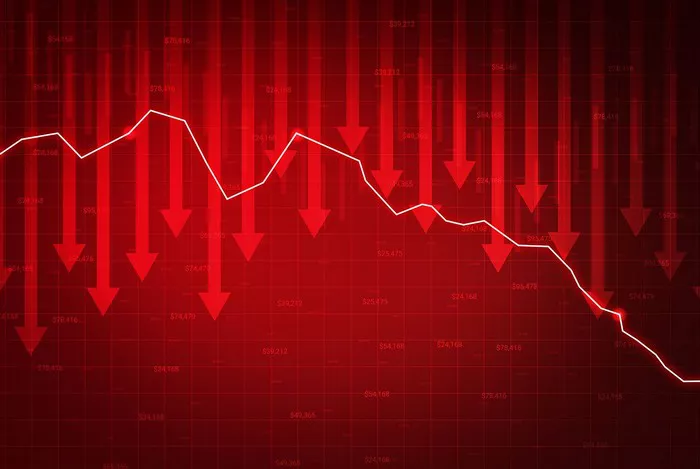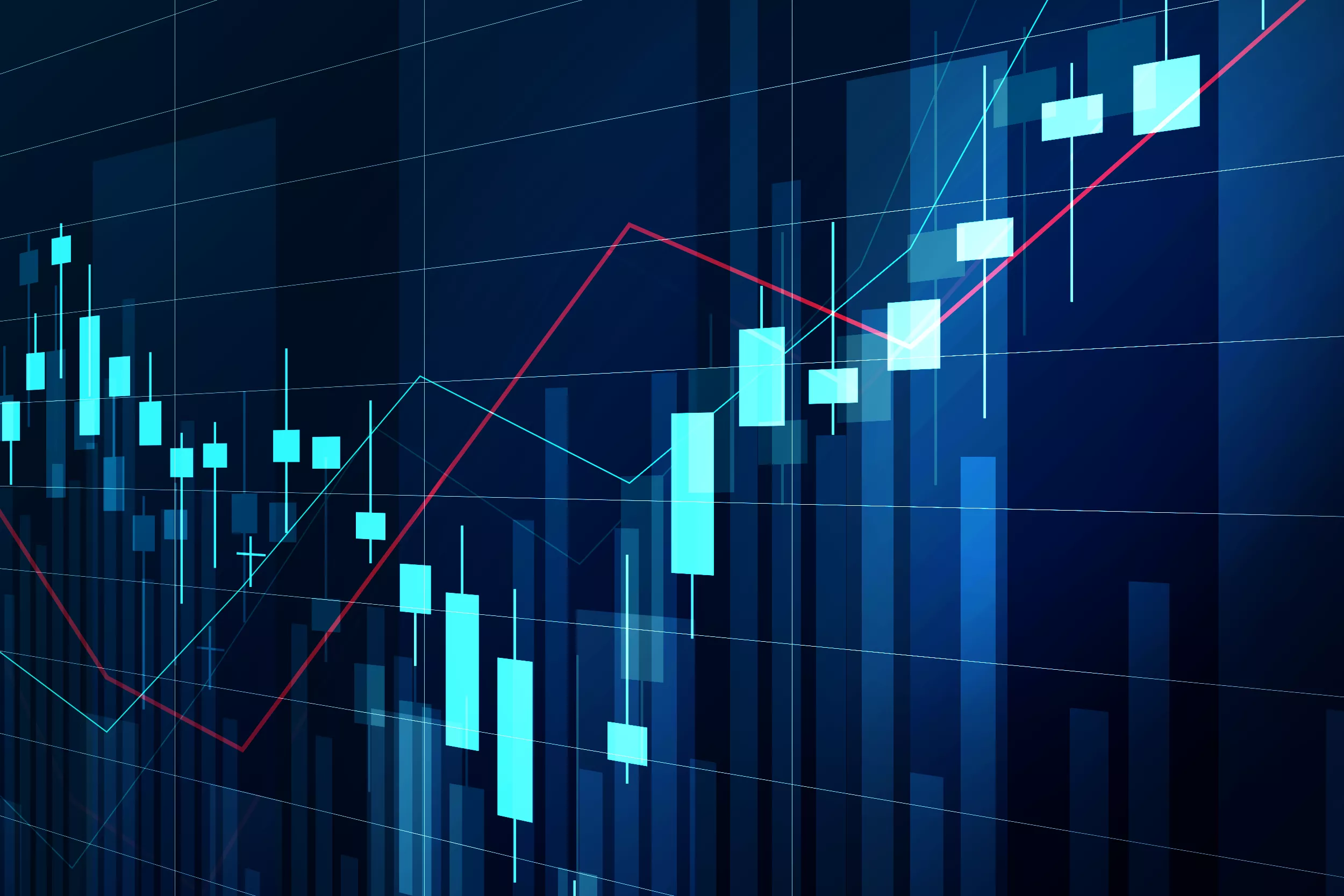Since President Donald Trump’s inauguration, Wall Street has been on edge, wondering if and when the tariffs he promised would become a reality. While initial market reactions were cautious, the situation is becoming more complex as delays, exclusions, and conflicting statements create confusion. Despite these uncertainties, investors seem to be ignoring the noise and continuing to buy stocks.
Stock Market Surges Despite Tariff Warnings
President Trump’s announcement of a 25% tariff on steel and aluminum imports, set to take effect in March, has raised fears of a global trade war. These concerns were heightened by the potential for reciprocal tariffs on several trading partners, expected in April. However, despite the looming risk, stock markets continue to rally. Last week, the S&P 500 finished near an all-time high, sparking questions about whether investors are underestimating the risks or if they’re simply dismissing them.
Andrew Slimmon, a portfolio manager at Morgan Stanley, explained, “As investors realize that the tariffs are likely not going to be as punitive as expected, that is good news relative to expectations.”
Market Sentiment Remains Fearful Amid Volatility Concerns
Even though the market is on an upward trajectory, Slimmon noted that investor sentiment remains weak. Many of the recent stock purchases are coming from less experienced investors, making the market more vulnerable to sharp reactions from negative headlines. A trade policy uncertainty index has surged to its highest level since 2019, when a similar trade conflict began to emerge.
Adam Turnquist, chief technical strategist at LPL Financial, warned, “The uncertainty index and the implied volatility of the market usually move in tandem, and this relationship suggests we could see an uptick in volatility.”
Investors Ignore Volatility, Betting on Stability
Despite the potential for increased volatility, large speculators such as hedge funds are not hedging against it. For 16 consecutive weeks, they have held net-short positions on the Cboe Volatility Index (VIX). As of now, their positions stand at nearly 59,000 contracts, the same level seen during the 2019 yen carry trade unwind. This decision led to a surge in the VIX and a subsequent drop in the S&P 500 in the past. Turnquist noted, “When uncertainty and volatility are high, you don’t get a market that continues to rally to records.”
Given this, strategists’ forecasts for a 12% rise in the S&P 500 this year seem increasingly uncertain.
The Tariff Dilemma: A Known Unknown
Bill Sterling, global strategist at GW&K Investment Management, stated that the tariff issue remains one of the biggest risks for financial markets. However, it remains in the category of “known unknowns,” with many details such as size, scope, and timing still unclear. “Less noise and more policy visibility would be welcome,” he added.
How the Market Reacted to Tariff Delays
The stock market has shown resilience in response to tariff announcements, but not without a few bumps along the way. The S&P 500 fell almost 2% on February 3, when Trump first announced tariffs on Mexico and Canada. However, the index quickly recovered after it became clear that the tariffs would be delayed. RBC Capital Markets strategists, including Lori Calvasina, pointed out that while US equities are patient, they do not have much capacity to absorb negative news.
Big Tech Stocks Drive Market Growth
The market may seem resilient, but a deeper look reveals the vulnerability of certain sectors. For example, the S&P 500’s rally on Thursday, after Trump proposed reciprocal tariffs, was largely driven by a few major stocks: Nvidia, Apple, and Tesla. These technology giants have been the primary drivers of the US stock market’s growth in recent years. However, with concerns about overvaluations and rising competition, especially from Chinese AI startups like DeepSeek, these stocks may be more fragile than they appear.
Scott Rubner, tactical specialist at Goldman Sachs, remarked, “Everyone is in the pool,” referring to the widespread confidence in Big Tech. If confidence in these companies falters, it could jeopardize the entire market.
Selective Stock Picking Grows as Tariff Risk Lingers
While Wall Street is not ignoring the tariff risk, it has led to a more selective approach to stock picking. UBS Group AG’s basket of stocks at risk from tariffs has underperformed the S&P 500 this year, dropping 1% compared to the broader index’s 4% gain.
Eric Lascelles, chief economist at RBC Global Asset Management, summarized the situation: “The stock market is probably not where it would have been without the tariff threats. While people are not pricing in 25% universal tariffs, they are pricing for higher tariffs.”
Conclusion
The market’s current optimism is based on the hope that tariff risks will not materialize as severely as initially feared. However, as uncertainties continue to cloud the situation, investors remain cautious while maintaining their focus on stock buying. With volatility on the horizon, it remains to be seen how long this market resilience will last.
Related topics:




